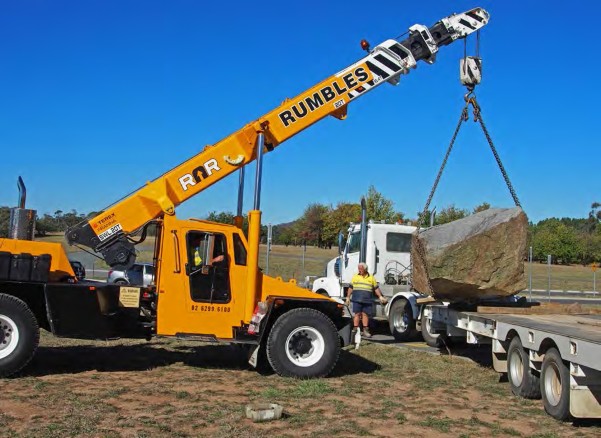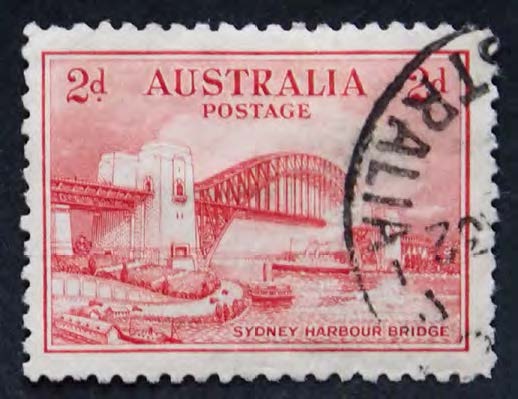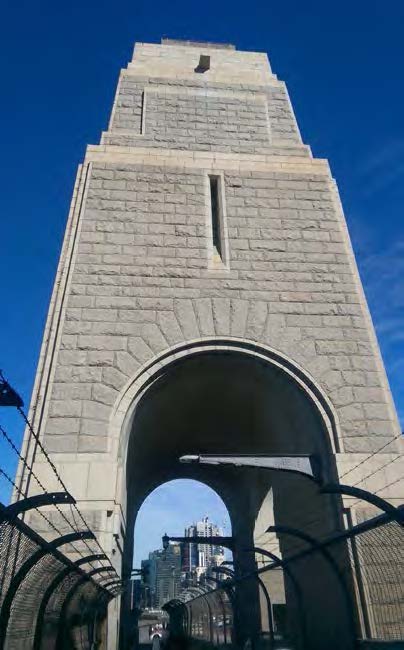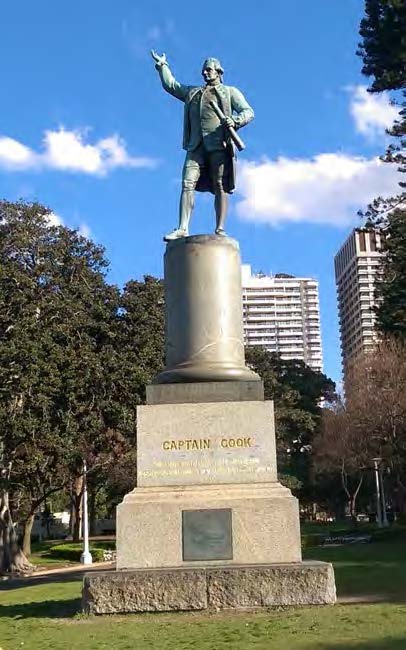
Author: Brad Pillans, Chair NRG Steering Committee
Extract from National Rock Garden Newsletter No. 13, September 2016
In May, another big rock specimen arrived at the NRG site – a 10 tonne block of Moruya granite, the rock that was quarried to construct the pylons of the Sydney Harbour Bridge. Strictly speaking, the rock is classified as a tonalite by geologists, which is a particular type of granite that is characterised by 20–60% quartz and a dominance of plagioclase feldspar; other minerals include dark-coloured mica and hornblende. So, to a geologist it is formally known as Moruya Tonalite, but most people (including me) know it as Moruya granite. Either name is acceptable, but note that in the formal name, Tonalite is spelt with an upper case ‘T’ whereas in the informal name, granite is spelt with a lower case ‘g’. Regardless of nomenclatural semantics, it is an igneous rock that slowly crystallised from magma deep (several kilometres) below the Earth’s surface, nearly 400 million years ago towards the end of the Devonian Period of geological time. That the granite is now exposed at the surface is testament to erosion of several kilometres of overlying rock since it was formed.
I grew up in Moruya on the NSW south coast, so Moruya granite is, unsurprisingly, a favourite rock of mine. In fact I well remember a large sloping granite outcrop close to where I lived which provided endless fun as we slid down the smooth granite slope in the tray of an old wheelbarrow. Our new rock was delivered by semi-trailer, courtesy of Eurobodalla Shire Council, in Moruya. Coincidentally, the truck driver turned out to be one of my primary school friends from Moruya, whom I hadn’t seen for more than 50 years! Our specimen was obtained from the original quarry, on the north bank of the Moruya River and kindly donated to the NRG by the NSW Government.

Moruya granite was used not only for the Harbour Bridge pylons, but also for the columns of the Sydney GPO and the Cenotaph in Martin Place, as well as the base of the Captain Cook statue in Hyde Park. The rectangular altar stone of the cenotaph weighs some 20 tonnes, about twice the weight of the rock that was recently delivered to the NRG. The Captain Cook statue stands on a block of granite of similarly grand size.
To mark the opening of the Harbour Bridge, in 1932, three commemorative postage stamps were issued – 2 pence (red colour), 3 pence (blue) and 5 shillings (green). The 5/- green stamp is highly prized by stamp collectors as it was printed in much smaller numbers than the lower value stamps, with nice used copies currently selling for around $300 and unused copies even more.

Photo courtesy Brad Pillans.
We are planning to hold an appropriate inauguration ceremony for our newly acquired Moruya rock at the NRG at 2 pm on Sunday 9th October – the first day of International Earth Science Week. Over the next few weeks, the block will be prepared to include a cut and polished face and a stainless steel plaque. All Friends of the NRG (as well as friends of Friends) are invited to attend the ceremony.




